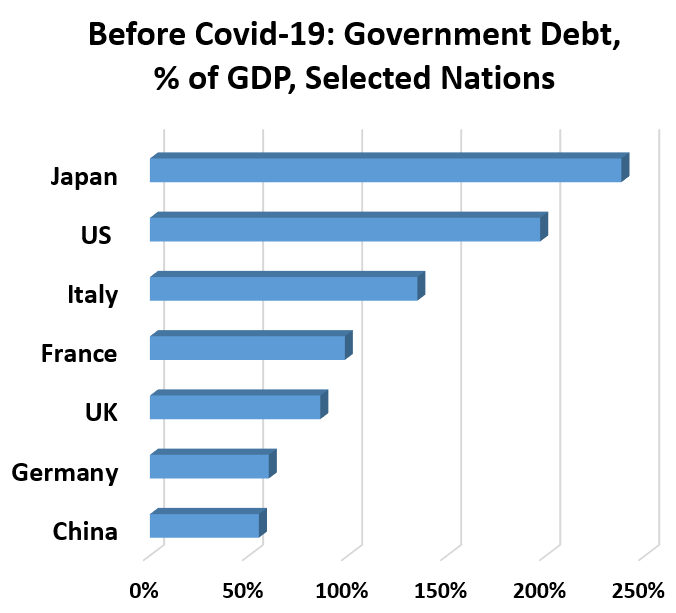Covid-19 Stimulus: South China Morning Post
Central banks around the globe organize massive stimulus programs from central banks, but these are not without risk. By reducing interest rates and rapidly investing in a range of assets to prop up prices, central bankers hope to save jobs and prevent a long economic depression. Governments already holding heavy debt extend rescues to a range of businesses, including some that would have failed without the Covid-19 crisis. Stock markets and corporate bonds rallied. The price, though, may be distorted markets, rising inequality, inflation, increased dependence on central banks along with more demands, and mounds of debt for future generations, warns Nicholas Spiro, writing for the South China Morning Post. The International Monetary Fund estimates the total stimulus bill to cost US$14 trillion. Investors increasingly count on central-bank rescues, overlooking mounting job losses that are sure to slow consumer spending. Spiro concludes: “the most troubling aspect of the aggressive stimulus being deployed is that it will make the post-pandemic financial landscape a lot riskier – a terrifying thought given that the Covid-19 crisis has only just begun.” – YaleGlobal
Covid-19 Stimulus: South China Morning Post
Central banks try aggressive steps to rescue economies, including purchasing debt of companies, shoring up asset prices – but there could be post-pandemic risks
Friday, May 15, 2020
Read the article from the South China Morning Post about the need for stimulus programs from central banks and the risks.
Nicholas Spiro is a partner at Lauressa Advisory, a specialist London-based real estate and macroeconomic advisory firm. He is an expert on advanced and emerging economies and a regular commentator on financial and macro-political developments.


South China Morning Post